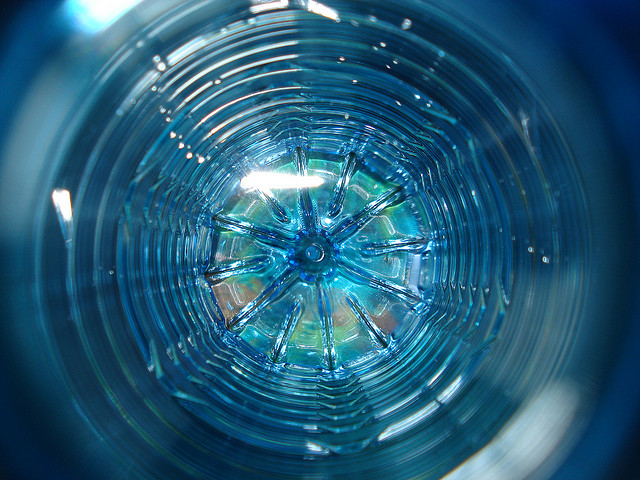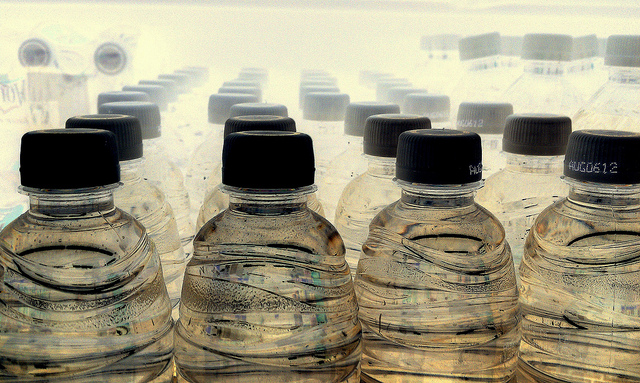Share the post "Beware of Toxic Water Bottles!"
A healthy meal wouldn’t be complete without some refreshing water. Most of us are used to purchasing bottled water without a single thought. Yet, studies have shown that certain plastics contain chemicals and contaminants that can cause serious harm.
Use these shopping tips to protect yourself and your loved ones from toxic plastic bottles. Looking at the bottom of these containers will tell you what you need to know, but only if you understand them!
Here is some help:
HDP or HDPE
HDP or HDPE is high-density polyethylene, and has not been shown to release any known cancer-causing chemicals or harmful hormones.
PET or PETE
PET or PETE is polyethylene terephthalate, and is used in many one-time use bottles (mostly for soda and condiments.) These bottles may leach metals and chemicals that could unbalance hormones.
PVC or V3
PVC or V3 bottles are polyvinyl chloride containers and release plasticizing chemicals, which may be carcinogenic to humans.
LDPE
LDPE stands for low-density polyethylene, and is utilized for plastic bags and frozen food bags. This material is not suspected of releasing harmful chemicals.
PP
PP, or polypropylene, is used for yogurt, butter, and ketchup bottles. It is harmful during production, but should be safe for consumers.
PS
PS is polystyrene, and is used mostly for coffee cups and fast food cases. It leaches carcinogens such as Benzene, Butadiene, and Styrene.
PC
PC, or non-labeled plastic is perhaps the most dangerous of all because it leaches BPA (biphenyl-A) and disrupts hormonal balance. This plastic is used in cans microwaveable containers, and baby bottles.
Manufacturers are required to share this information on their plastic products. Using these grocery tips when buying plastic bottles will help you make informed decisions.
Share the post "Beware of Toxic Water Bottles!"









 EN
EN  RU
RU